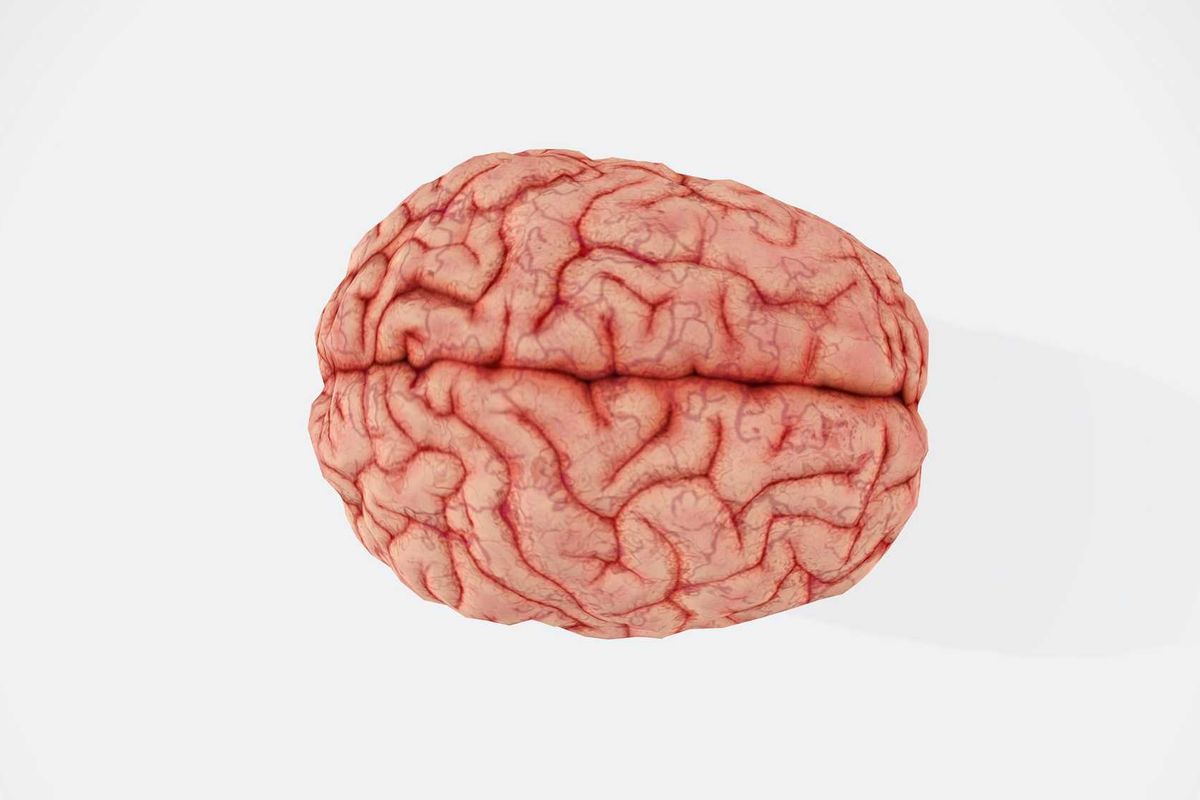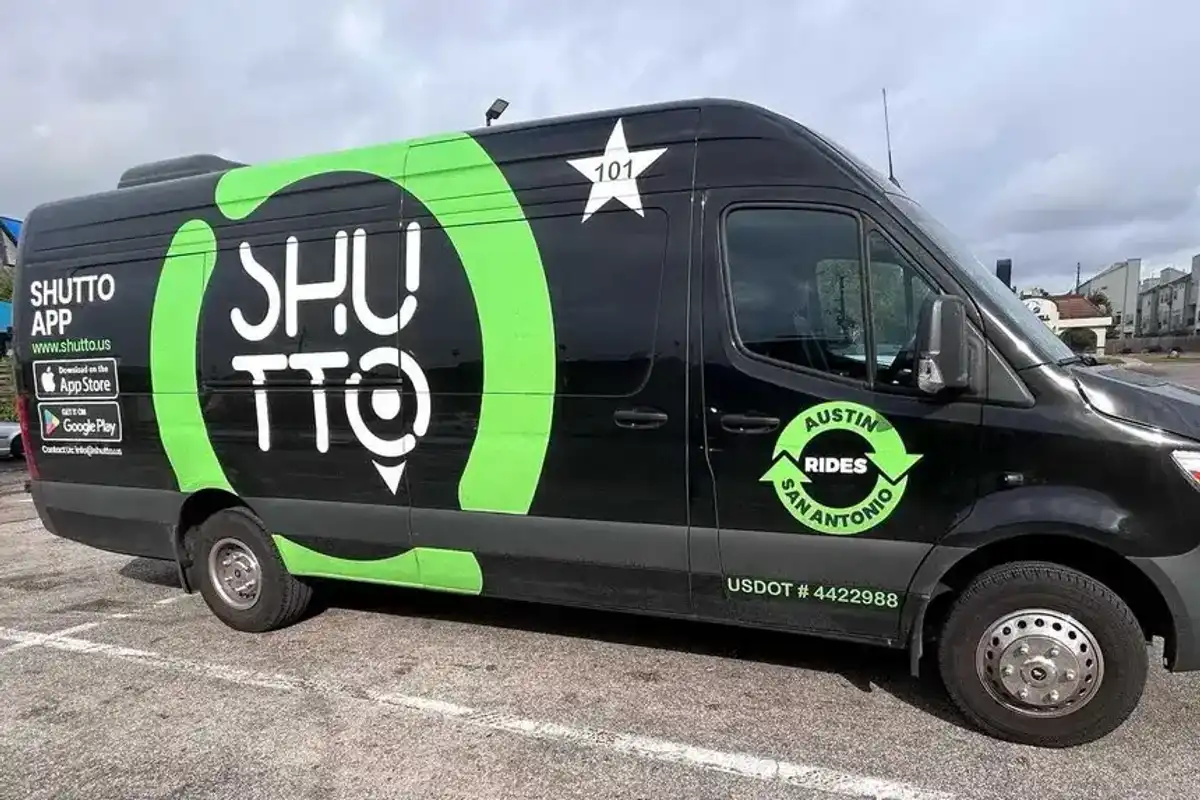The future of Texas’ digital economy is strong, according to a new study
by the numbers
A new report from California-based software firm Tipalti ranks Texas in the top 10 for states with the best digital economy outlooks.
Based on findings from Indeed.com, the U.S. Census Bureau, The Computing Technology Industry Association, and BroadbanNow, the study looks at which states and countries are best prepared for future and continued shifts towards a more digitized world.
Texas was ranked ninth overall, with a score of 8.4 out of 10 for Tipalti’s digital economy score. The report based this score on a few criteria. Here’s what it found.
Texas was found to have had:
- 86.23 “digital jobs” per every 100,000 posted
- A 425.9 MBps download speed
- 2,634.01 tech employees per every 100,000 employees
- An economic impact of $142.8 billion economic impact from the tech sector
- 39,299 tech firms in the state
- A $91,885 median tech occupation wage
Comparatively, Virginia, which ranked first with a 10 out of 10 score, had:
- 125.09 “digital jobs” per every 100,000 posted
- A 505.6 MBps download speed
- 4,047.26 tech employees per every 100,000 employees
- An economic impact of $57.8 from the tech sector
- 20,600 tech firms in the state
- A $105,412 median tech occupation wage
Of the states in the top 10, Texas had the second-highest tech sector economic impact, falling only behind California with an impact of $515.6 billion. California also had the highest number of tech firms in the country with a total of 54,303.
Vermont was reported to have embraced remote working the most, with 63.05 remote jobs posted per 100,000 residents. Maryland had the highest average download speeds of 506.7 Mbps. And tech workers in Washington were reported to earn the highest median tech occupation wage of $124,653.
The United States did not rank on Tipalti's list of countries with the most promising digital economies. The city-state, which could "dominate the digital landscape in the near future," according to the report, had $193.93 billion in total tech exports in 2020.
On a late-2022 report, Houston and Texas also ranked high among regions to launch a startup. Houston ranked as ninth, falling just behind Dallas at No. 8, on a list from the 42Floors real estate website of the top spots for new entrepreneurs. Around that same time, Job search platform Lensa also ranked Texas as the best state to launch a startup.




